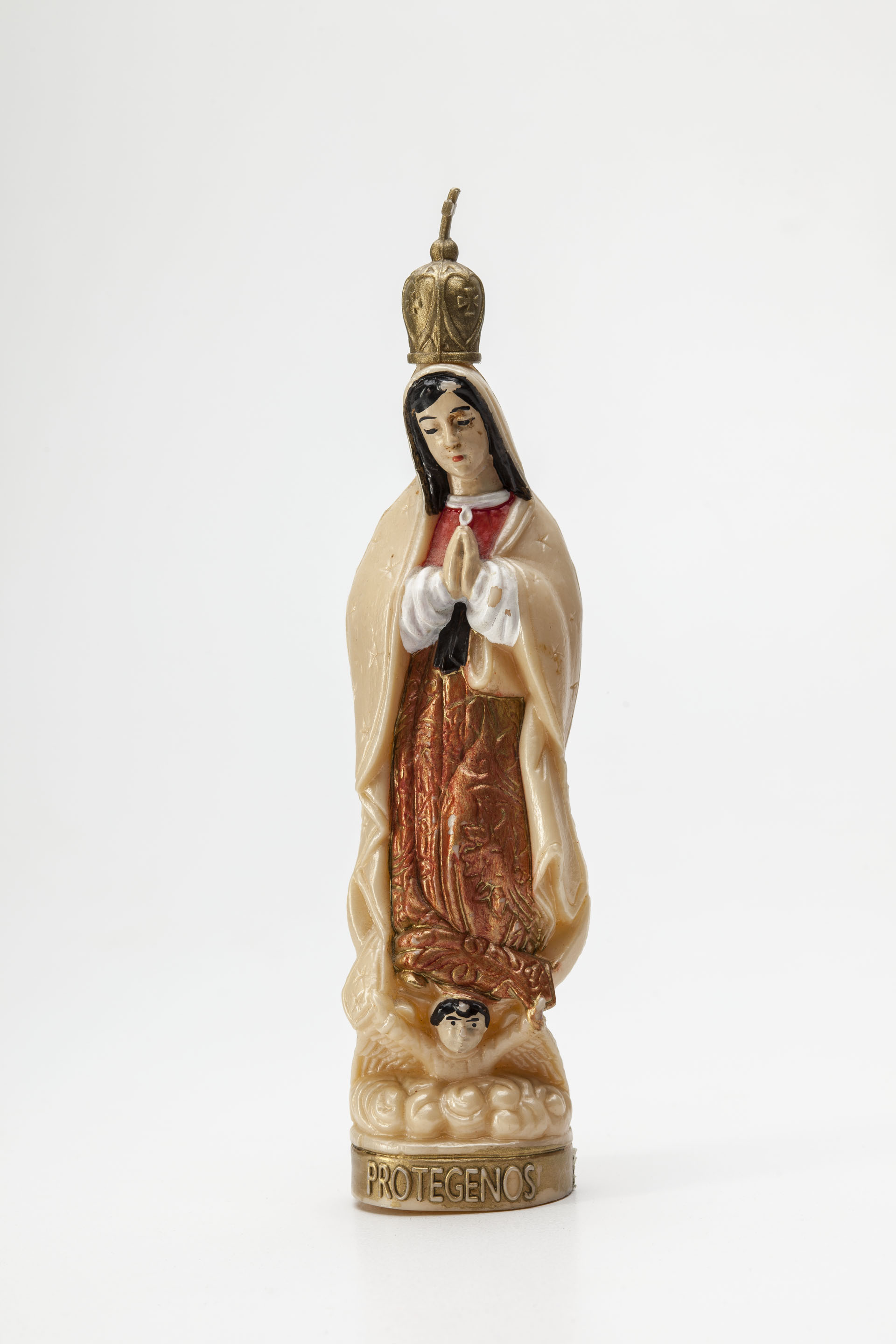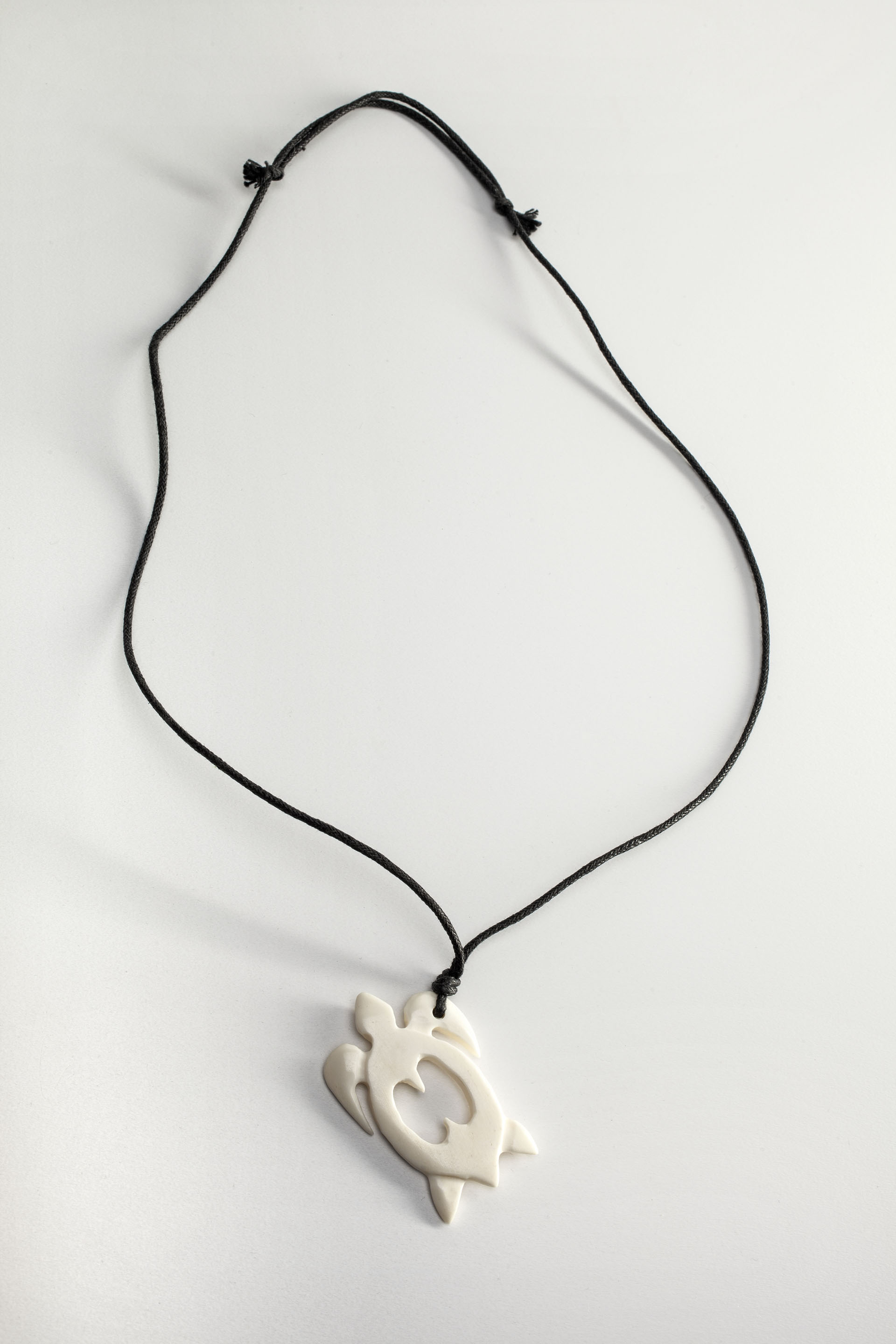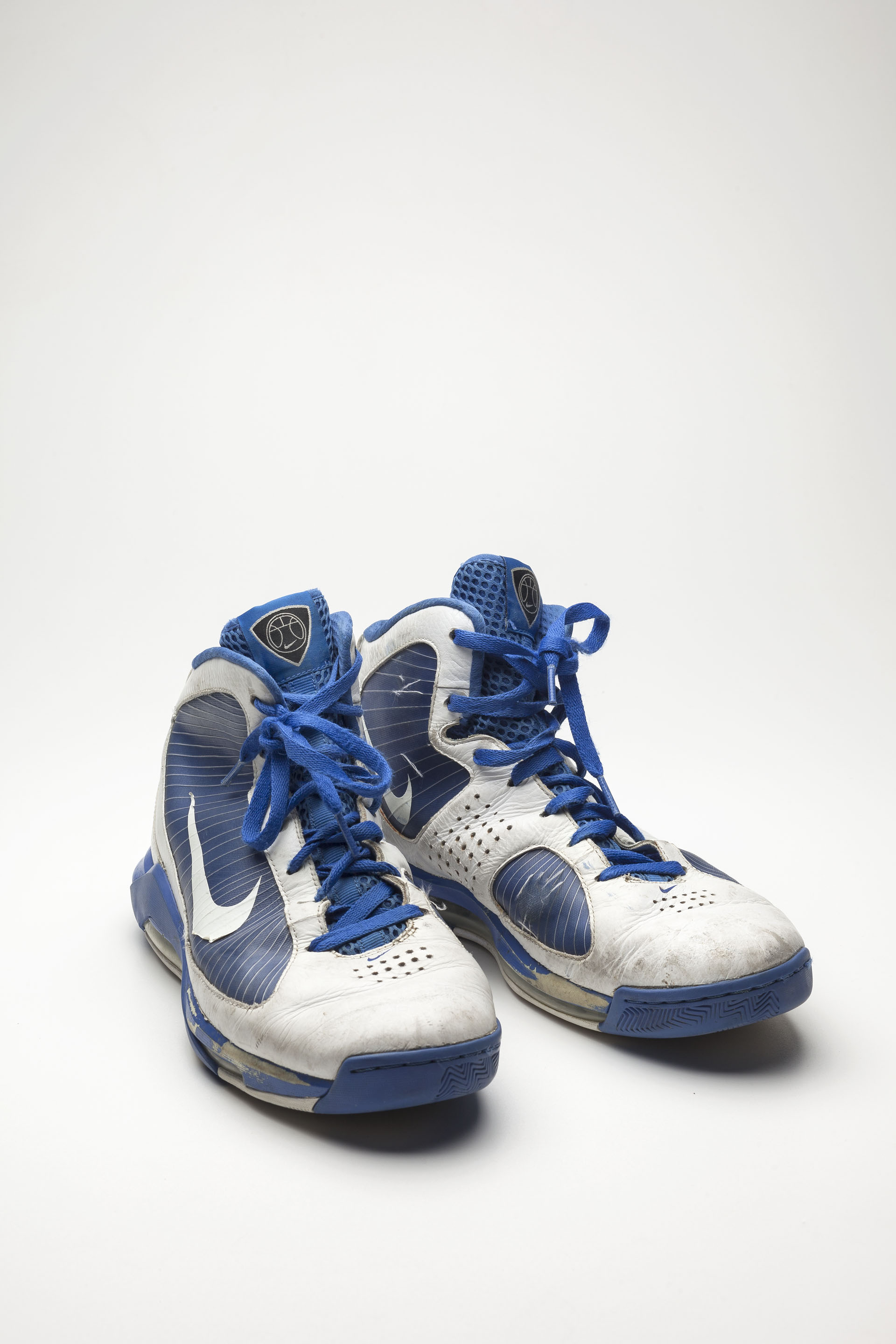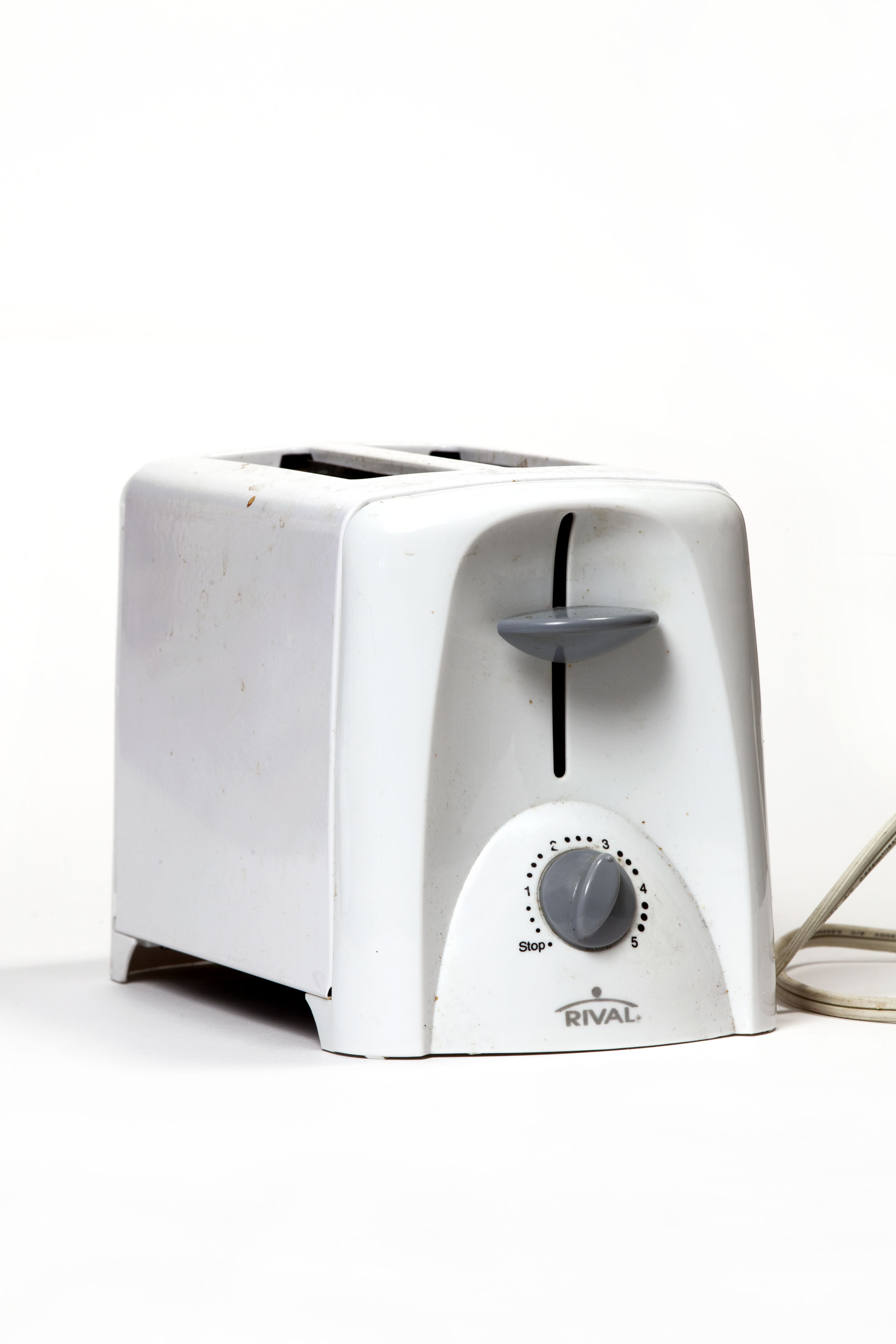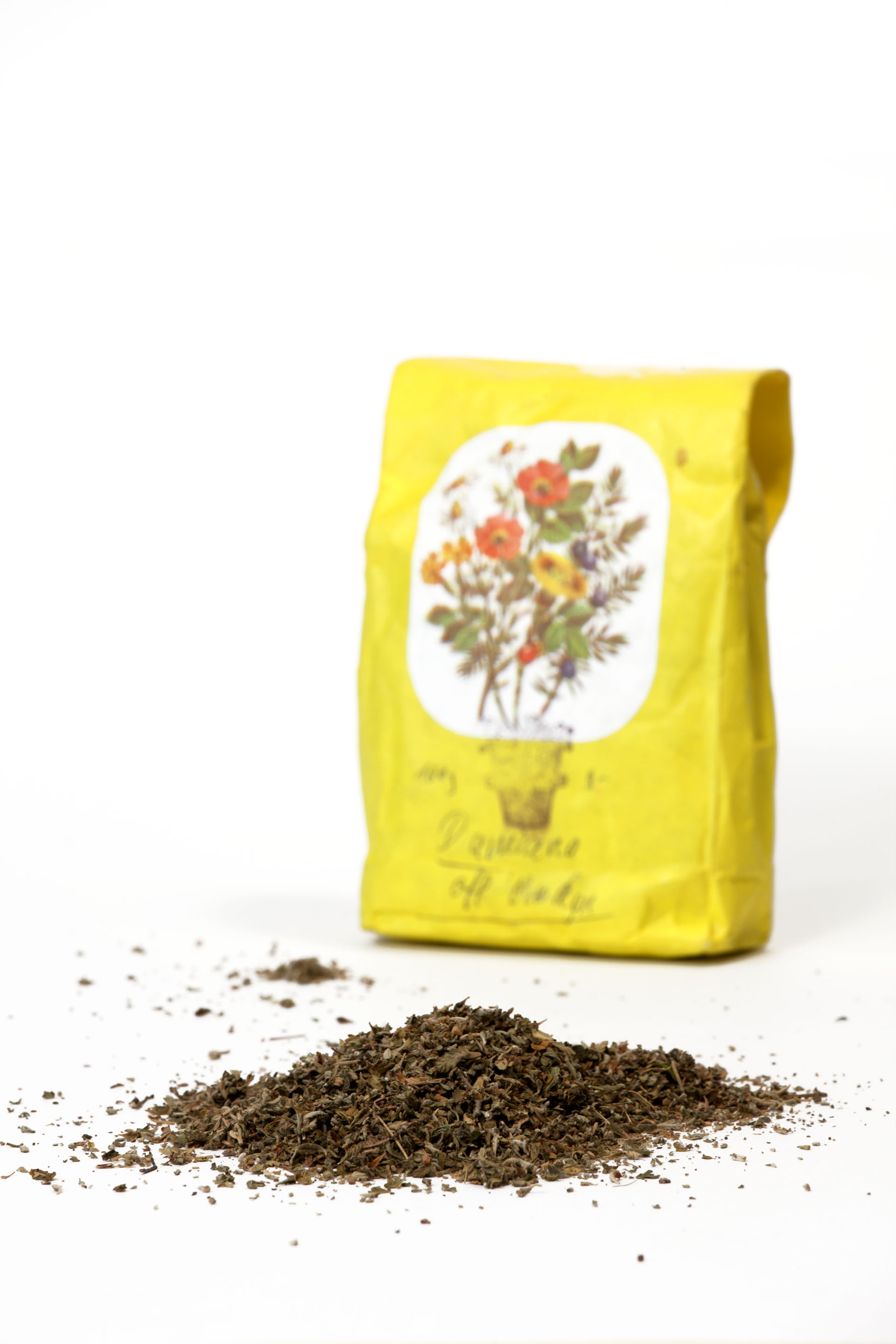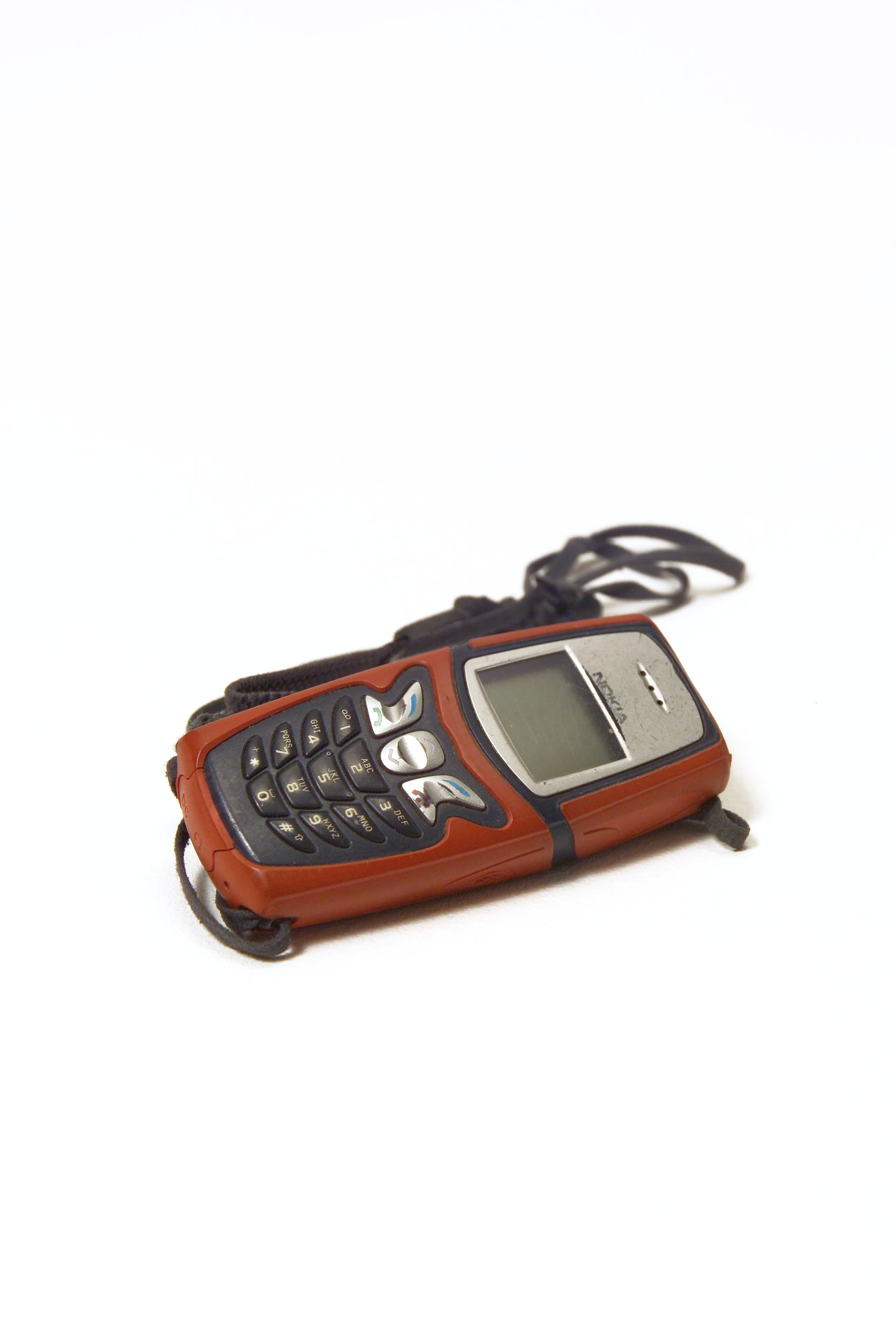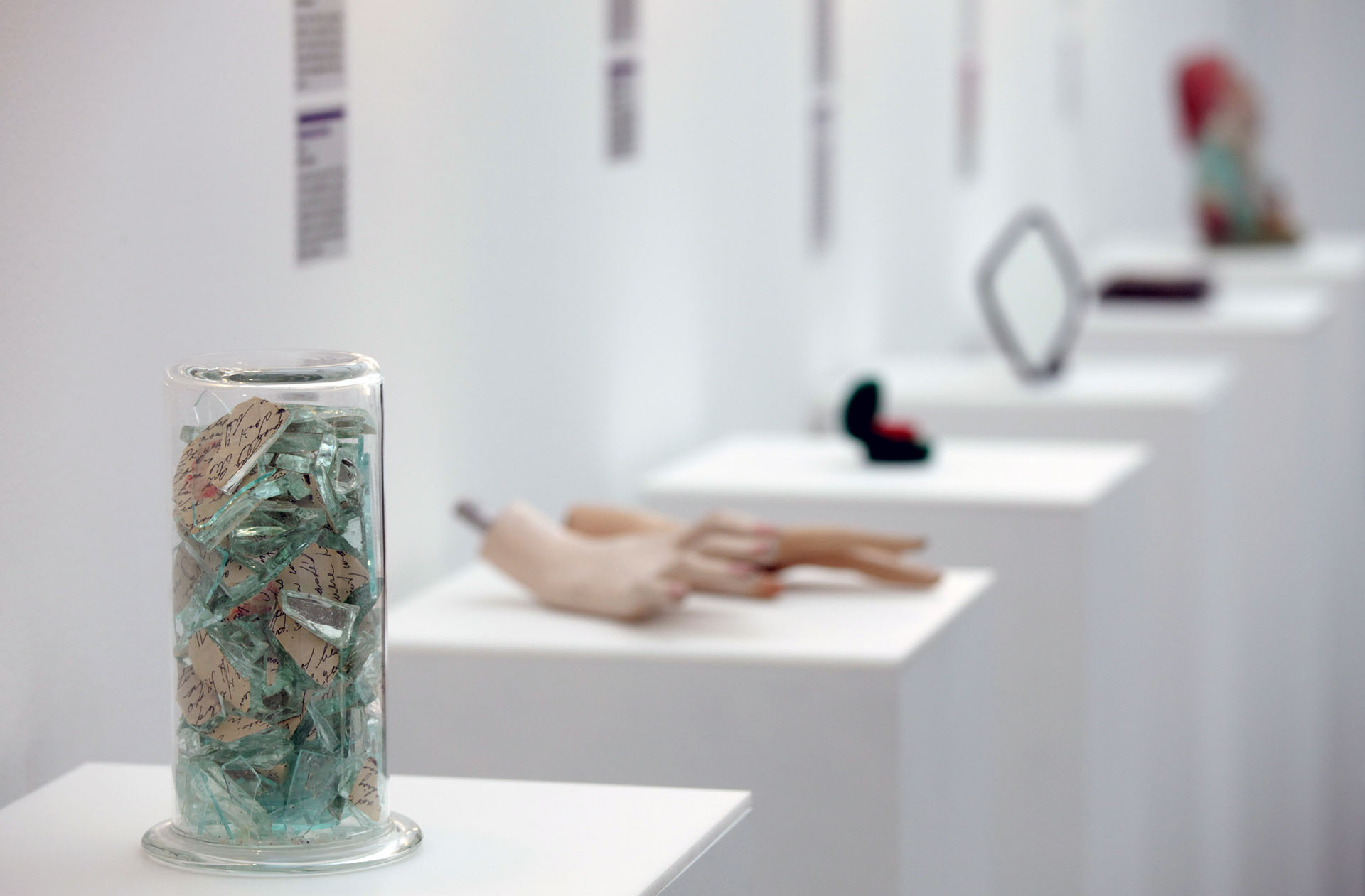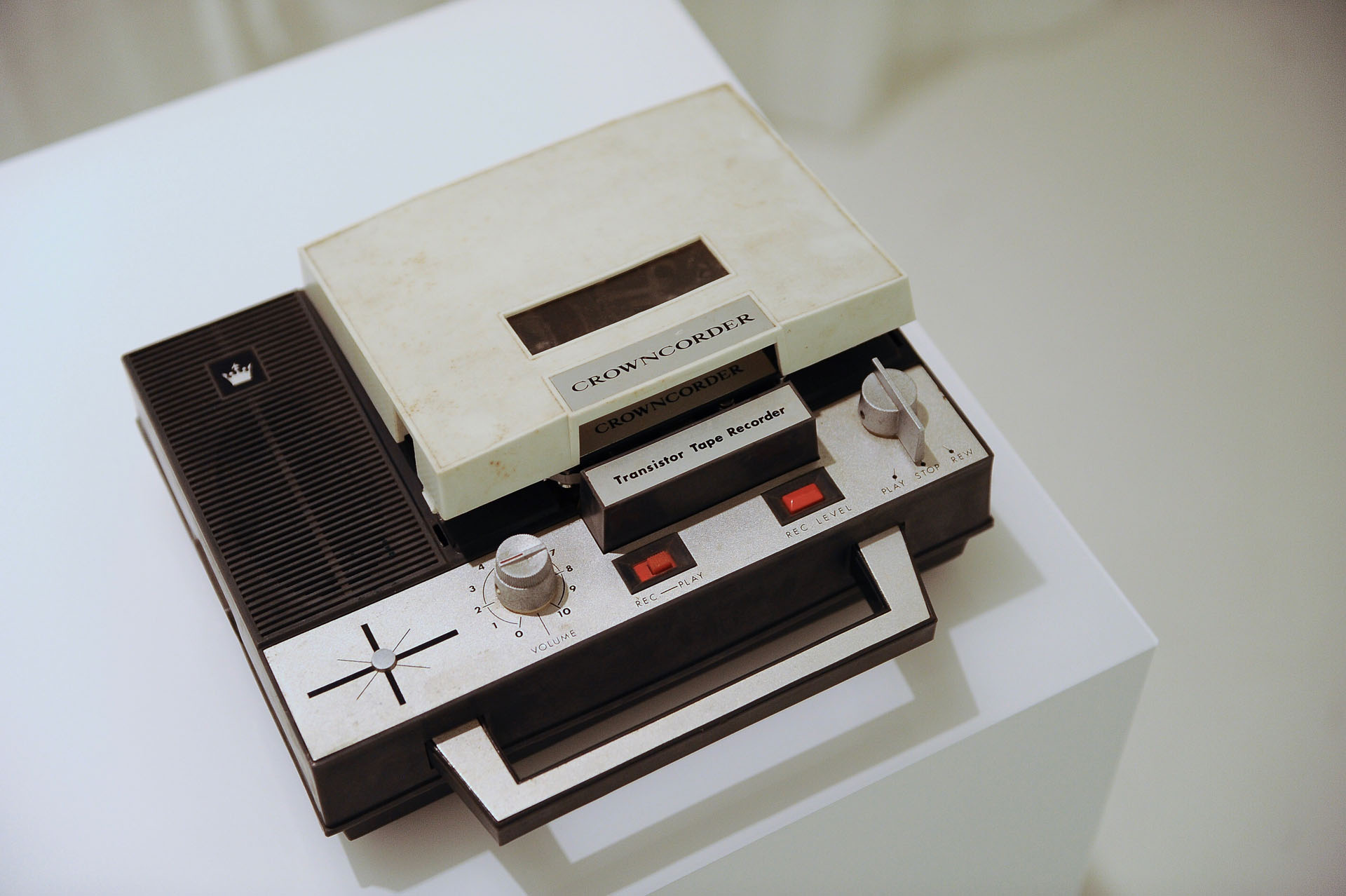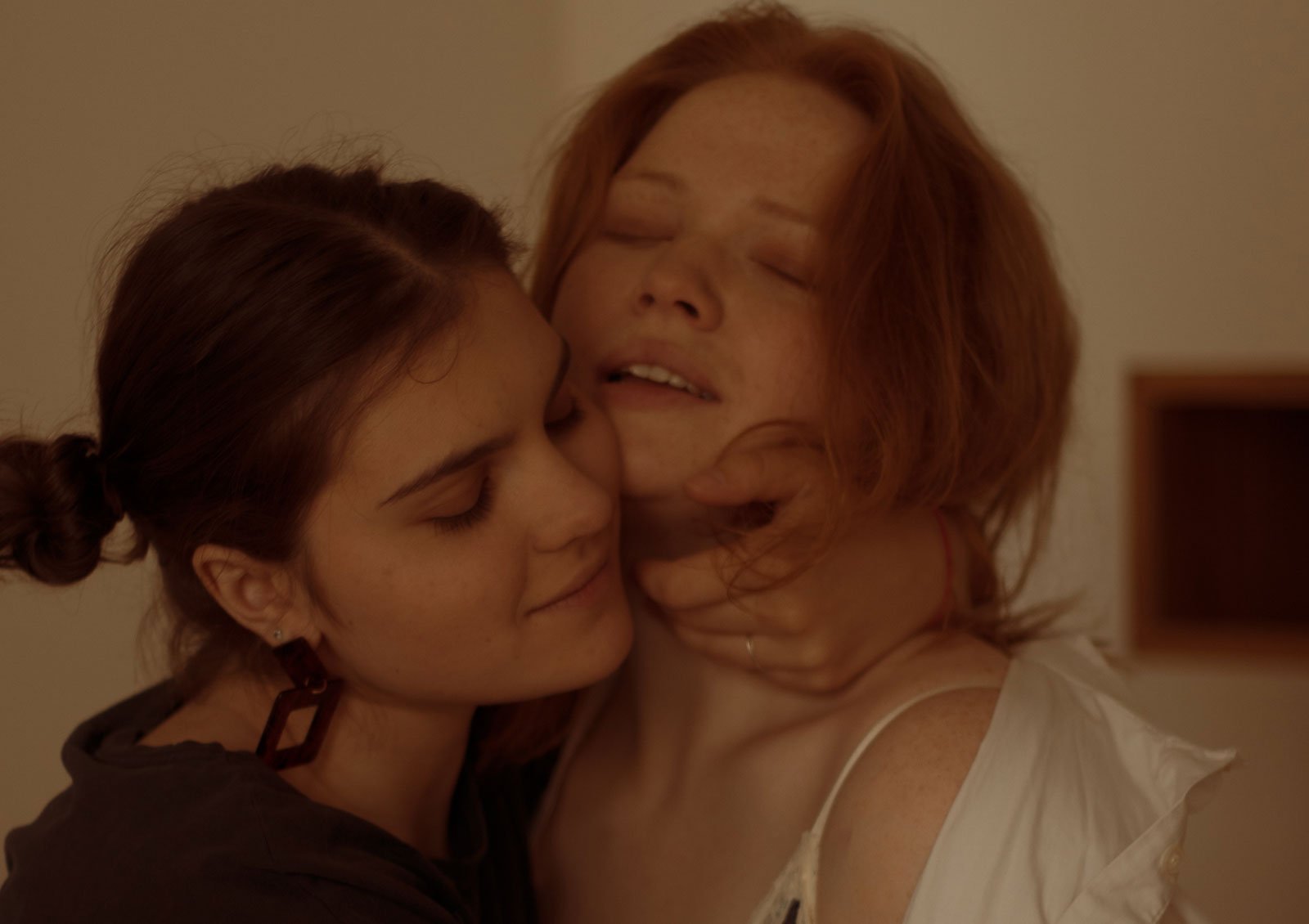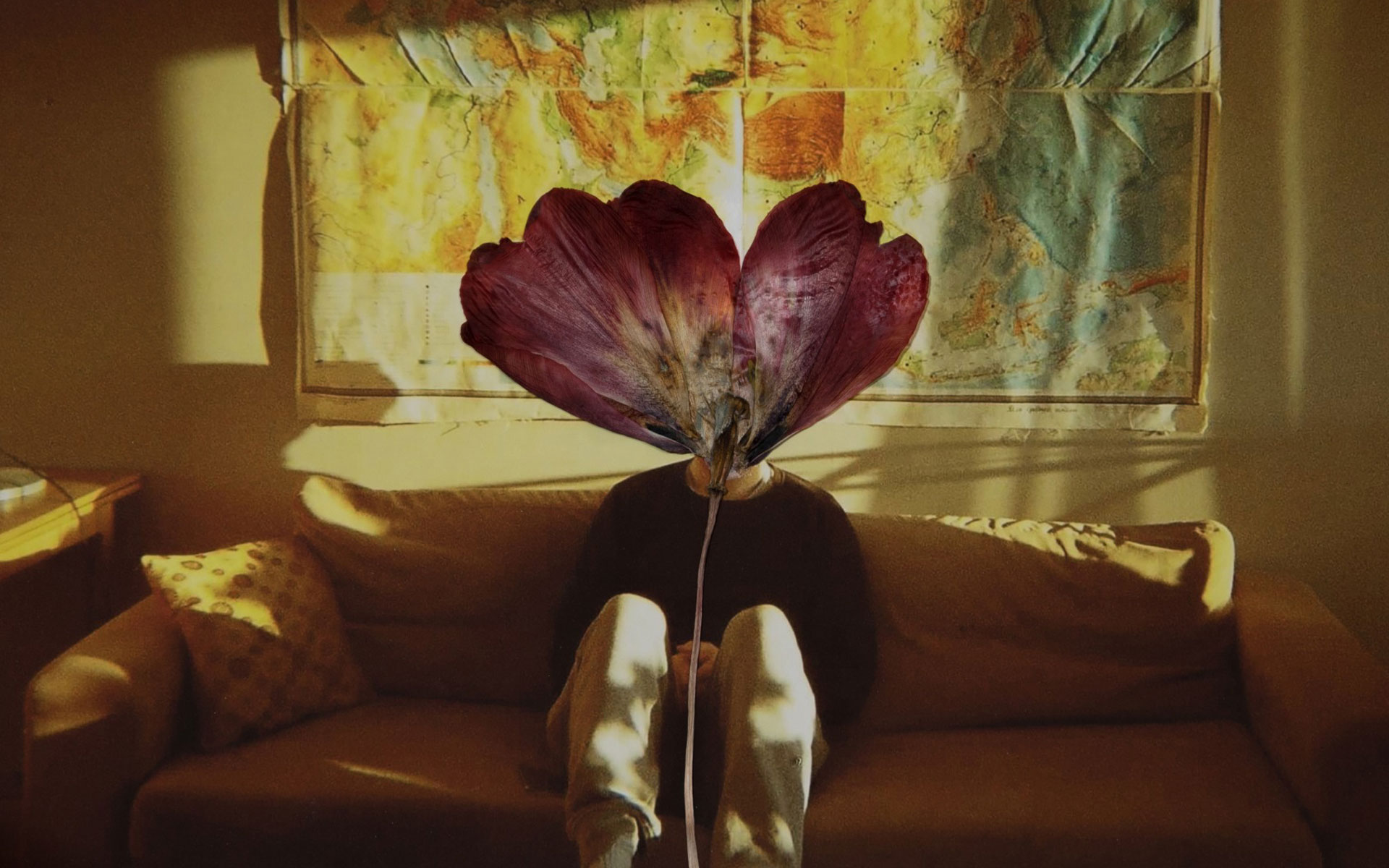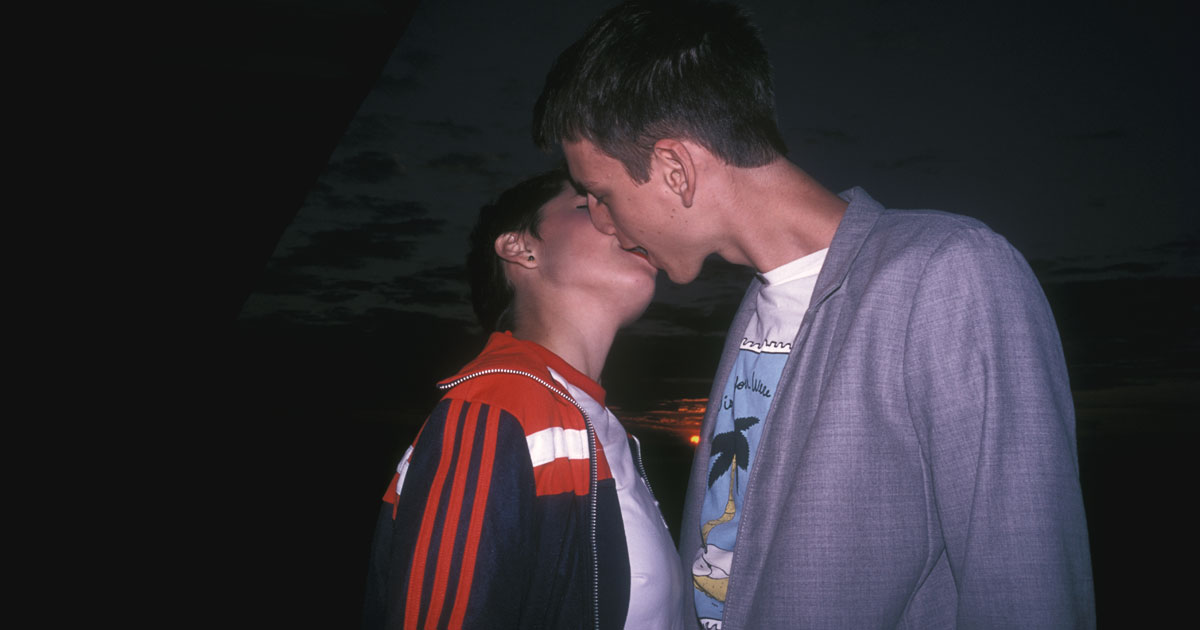Inside Zagreb’s Museum of Broken Relationships, where you can peruse mementos from failed romances
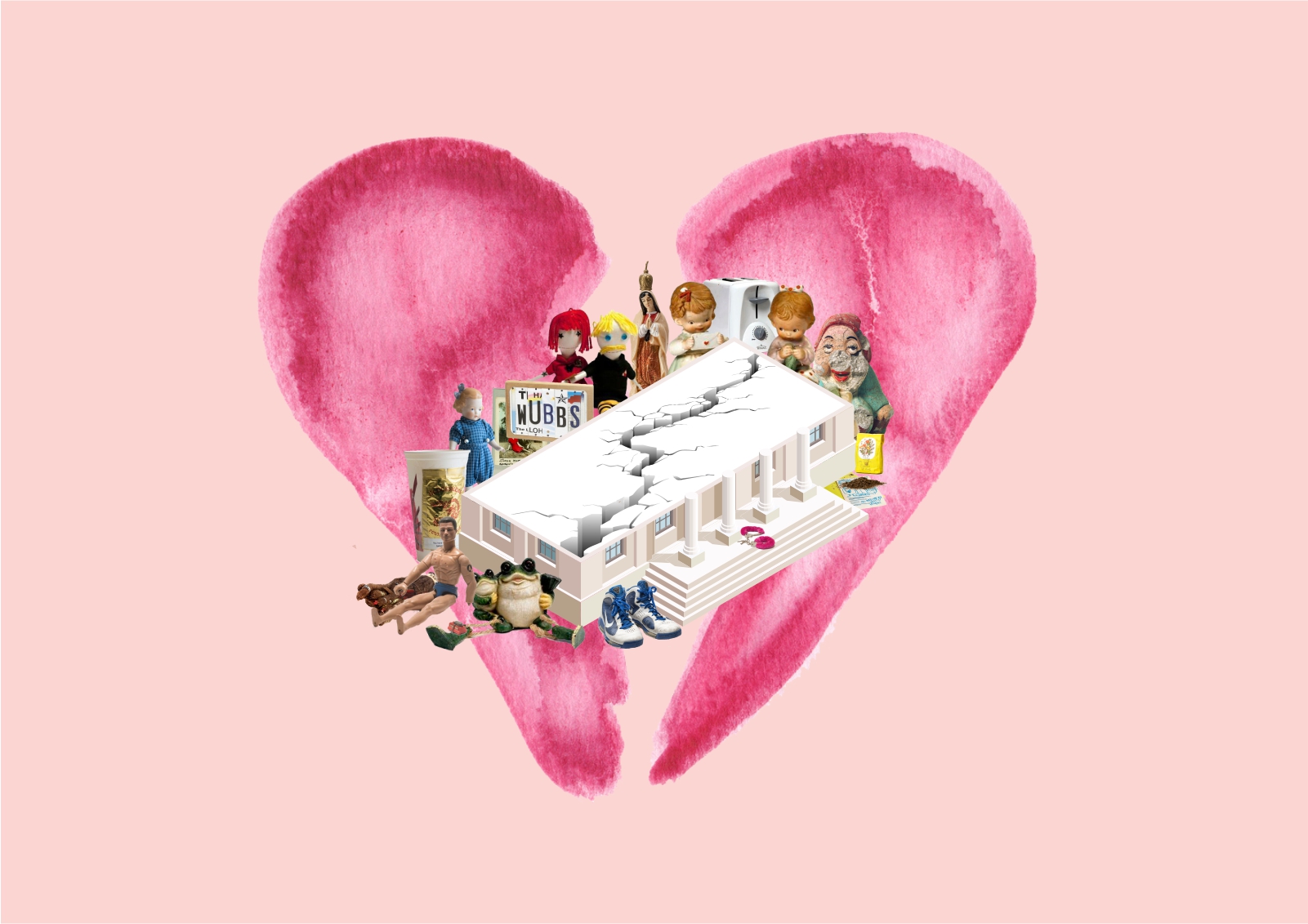
For 13 years, founders Dražen Grubišić and Olinka Vištica have been collecting the objects left behind after a tumultuous breakup or devastating loss. But the biggest exhibit devoted to heartbreak — as journalist Aleks Eror finds — also brings unexpected joy.
Zagreb’s Museum of Broken Relationships houses what must be one of the most peculiar collections in the world. Located near the centre of the Croatian capital, the Museum of Broken Relationships is, as the name suggests, devoted to the connections snuffed out by breakups, bereavement, or other circumstances. It contains everyday objects of sentimental value donated by people from all around the world, with each item accompanied by a personal story that contextualises its significance to its owner’s past relationship. These are, overwhelmingly, stories of love and loss, some funny and affectionate, but most melancholic, that offer some insight into the nature of a particular relationship and how it came to an end.
The museum was conceptualised by a former couple, artist Dražen Grubišić and film producer Olinka Vištica, shortly after their own breakup. Grubišić tells me that the pair are “quite civilised and normal, so the breakup was very smooth and civilised as well”. But as is usually the case when long-term relationships come to an end, the pair had to go through the process of dividing up the shared belongings that they’d accumulated over the course of their four-year romance.
These negotiations went calmly and methodically until they reached a small, wind-up bunny rabbit toy. Grubišić tells me that he would sometimes wind it up and put it in the hallway of their house when he would hear Vištica coming home, where it would march around and greet her as a pet would. When one of them went on a trip somewhere and the other stayed at home, they would take the toy with them and take photos of it with local landmarks in the background, using it as a stand-in for the absent partner.
“All these memories were condensed and connected to this little toy,” Grubišić recalls. “We then started talking about how it’s really amazing that something so banal and with no [monetary] value whatsoever can cause such strong emotions in you. But it only affects two people, and nobody else.”
Grubišić and Vištica then began talking about how interesting it would be if there were a physical space where people could send and exhibit these sentimental objects following a breakup. The idea seemed so natural and simple that they were convinced that such a project would already exist. But when the pair then turned to Google to try and find it, all that appeared were suggestions on how to get rid of your ex’s stuff.
“All the articles that we could find, especially in women’s magazines, were about destruction — like setting their things on fire and stuff like that,” says Grubišić. “I couldn’t really connect with that because if you spend years with someone, most of it must have been okay, unless you’re a masochist. So why would you want to destroy all these memories just because your fairytale was not fulfilled?”
If you were to visit the museum today you would find 84 objects laid out across a white-walled, 300-square-meter space
Initially, nothing came of their idea. But then in 2006, Grubišić and Vištica responded to a call for submissions from the 41st annual Zagreb Salon of the Visual Arts, outlining a proposal for an art installation full of sentimental objects from lapsed relationships. The organisers were keen on the idea and the pair were given 14 days to realise it, so they mined their friends and acquaintances for material.
Grubišić thought that after the show was over, the project would come to an end. But their installation was such a hit that he and Vištica were inundated with requests to tour it around the world. Over the next four years it would travel to Split, Ljubljana, Berlin, Singapore, Tokyo, Istanbul and a number of other global destinations, collecting more submissions along the way. Eventually, the logistics of organising this travelling exhibition became so all-consuming that the pair decided to open an actual brick-and-mortar museum in Zagreb in 2010, which, according to Grubišić, has grown into the most-visited museum in the Croatian capital.
If you were to visit the museum today, you would find 84 objects laid out across a white-walled, 300-square-meter space comprised of three or four rooms. The objects, which change once every three years, are chosen from a collection of more than 4,000 and range from the everyday, like dresses or a bike, to the peculiar, including several-decade-old human scabs and a parachute that once belonged to someone who died in a skydiving accident.
The museum’s collection is so vast that Grubišić says that he and his collaborators are able to curate entire exhibitions around specific themes: “weddings, wars, emigration, violence”. The objects and their accompanying stories are so varied that they’re arranged to create a narrative arc: “It starts with funny, light stories, then gets a bit complicated as it goes on,” says Grubišić. “Then it becomes really deep, sad and terrible and finally ends on, let’s say, a lighter note – kind of hopeful. That’s what we tried to do, because you could easily do something where everybody walks out crying.”
Although most of the objects are remnants of romantic relationships, some are familial, while others were the shared property of platonic bonds, such as those between a student and teacher. In most cases, the object offers little clues to the story that hides behind it. Eye-catching objects are sometimes accompanied by underwhelming stories while the most interesting tales are often attached to rather unremarkable possessions.
Some are long and confessional, while the best ones are usually short and pithy, packing genuine emotional punch into very few words. “We played basketball together. He was straight, I wasn’t. He used to tell me about the girls he was seeing, and it killed me inside,” writes one that accompanies a pair of basketball shoes. “When I moved out, and across the country, I took the toaster. That’ll show you. How are you going to toast anything now?”, deadpans another.
The appeal of the museum to visitors is obvious: novelty and voyeuristic amusement. Walking through the collection, it feels like the objects radiate a mystic quality that acts as a kind of magnetic pull. By presenting them in a museum space and attaching them to their backstories, I found myself inspecting them more closely than I would otherwise, as if an object’s physical form might reveal something more about its history. In this setting, the objects contain a certain gravitas and feel more like religious icons than mundane commodities. But what drives people to put pieces of their life on display like this?
“Some people will donate because they feel a need to get rid of [an object],” says Grubišić. “But a lot of these [objects] commemorate the greatest love they ever had. I always love receiving objects 20, 30 years after [the breakup] happened. People realise that this was the greatest moment in their life and they somehow want to share it with the world.”
So what has Grubišić learnt about human relationships over the course of the last 13 years?
“That’s always a question that I get: do you find yourself to be an expert now? No, I know less! It’s very, very complicated — the diversity [of experiences] is incredible. There’s that saying, fact is stranger than fiction… it’s definitely true here.”
